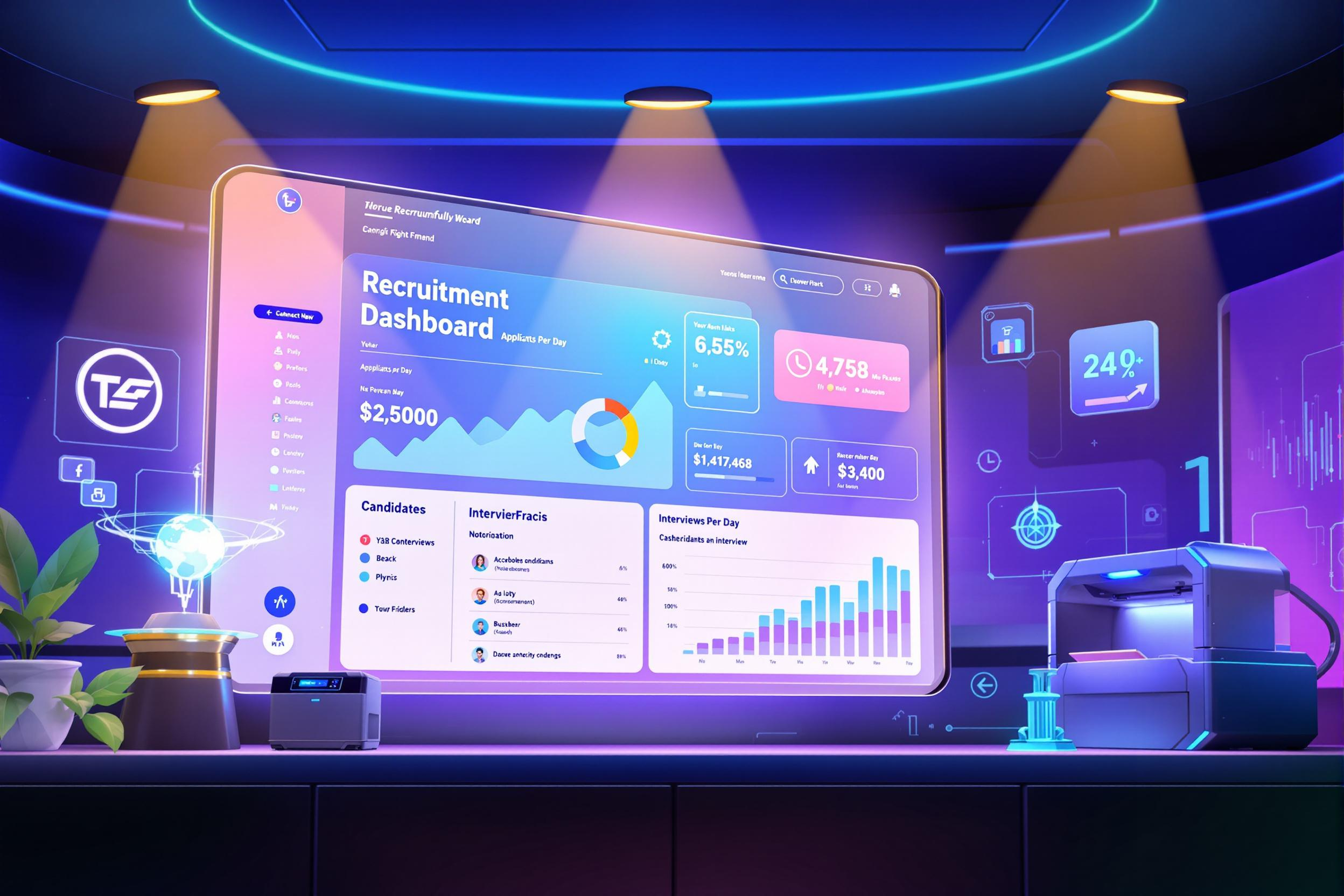
PyTorch
PyTorch is a popular tool that helps create artificial intelligence and machine learning solutions. Think of it as a specialized calculator that helps computers learn from data, similar to how humans learn from experience. Data Scientists and Machine Learning Engineers use PyTorch because it makes it easier to build and train AI models. It's like having a complete workshop of AI tools, competing with other similar tools like TensorFlow. Many big tech companies, including Facebook (who created it), use PyTorch for their AI projects. When you see PyTorch on a resume, it usually indicates the candidate has experience in building AI systems.
Examples in Resumes
Developed deep learning models using PyTorch to predict customer behavior
Built and trained PyTorch neural networks for image recognition tasks
Improved existing PyTorch models to achieve 40% better performance
Typical job title: "Machine Learning Engineers"
Also try searching for:
Where to Find Machine Learning Engineers
Online Communities
Job Boards
Learning Resources
Professional Networks
Example Interview Questions
Senior Level Questions
Q: How would you approach scaling a PyTorch model for production use?
Expected Answer: A strong answer should discuss making AI models work efficiently in real-world situations, including how to handle large amounts of data, ensure the model runs quickly, and maintain reliability when many people are using it at once.
Q: Explain how you would debug poor model performance in PyTorch.
Expected Answer: Should explain their process for finding and fixing problems in AI models, including checking the data quality, adjusting the model's learning process, and using tools to track the model's progress.
Mid Level Questions
Q: What's your experience with different types of neural networks in PyTorch?
Expected Answer: Should be able to explain their hands-on experience with different AI model types, showing they understand when to use each type for different problems.
Q: How do you handle data preprocessing for PyTorch models?
Expected Answer: Should explain how they prepare data for AI models, including cleaning data, handling missing information, and converting data into a format the model can use.
Junior Level Questions
Q: Can you explain what tensors are in PyTorch?
Expected Answer: Should be able to explain in simple terms that tensors are the basic building blocks in PyTorch, similar to spreadsheets of numbers that the computer uses for calculations.
Q: How do you train a basic neural network in PyTorch?
Expected Answer: Should demonstrate understanding of the basic steps to create and train a simple AI model, including preparing data, setting up the model, and improving it through training.
Experience Level Indicators
Junior (0-2 years)
- Basic model training and evaluation
- Simple data preprocessing
- Understanding of fundamental neural networks
- Basic Python programming
Mid (2-4 years)
- Custom model architectures
- Data pipeline development
- Model optimization techniques
- Deployment of ML models
Senior (4+ years)
- Advanced AI architecture design
- Large-scale model deployment
- Team leadership and mentoring
- Research and implementation of cutting-edge techniques
Red Flags to Watch For
- No understanding of basic machine learning concepts
- Lack of experience with Python programming
- No practical experience training models
- Unable to explain model results in simple terms
- No experience with data preprocessing




